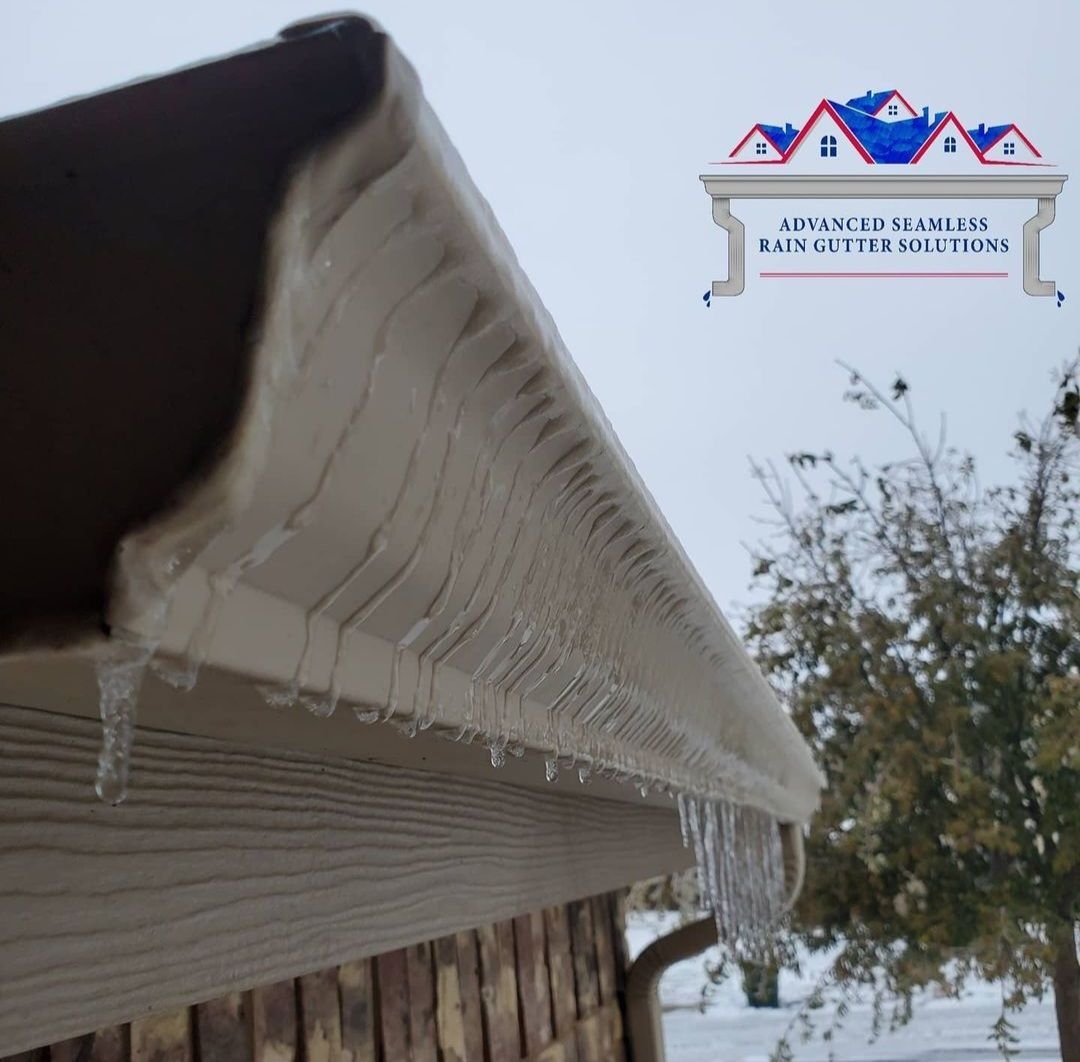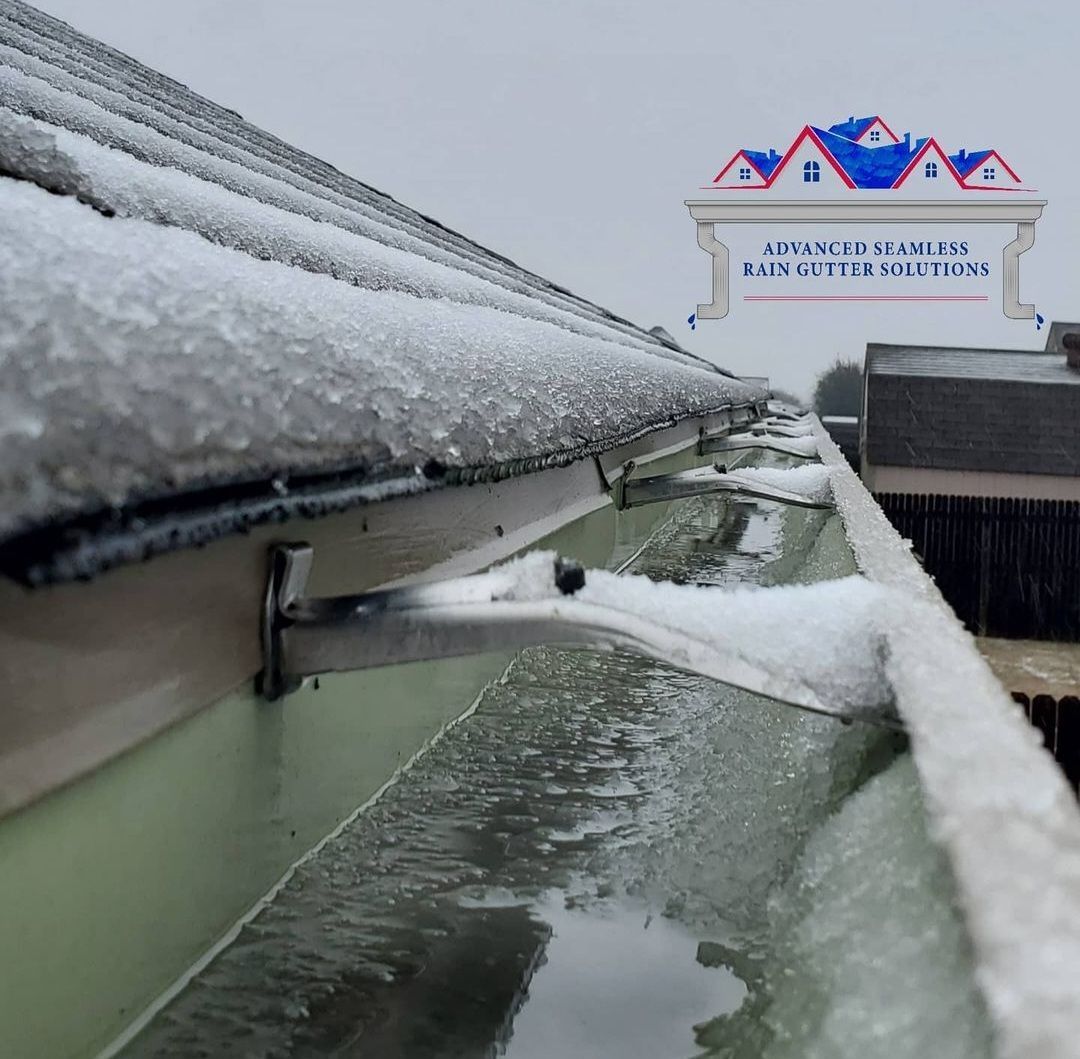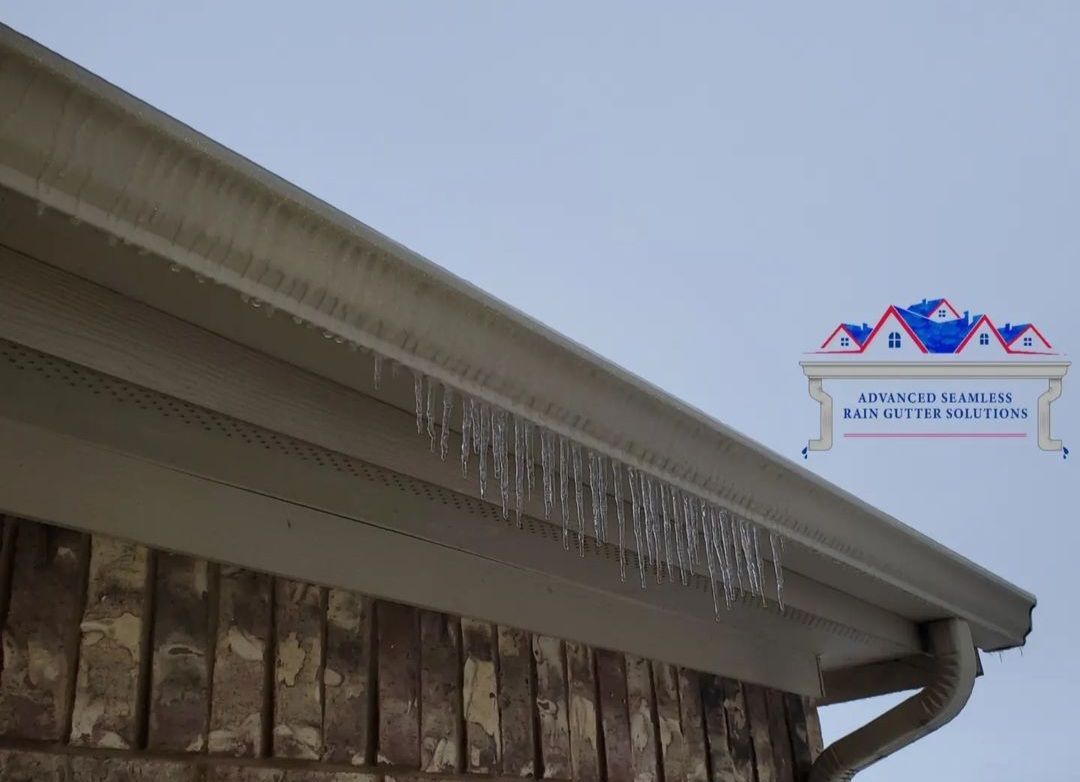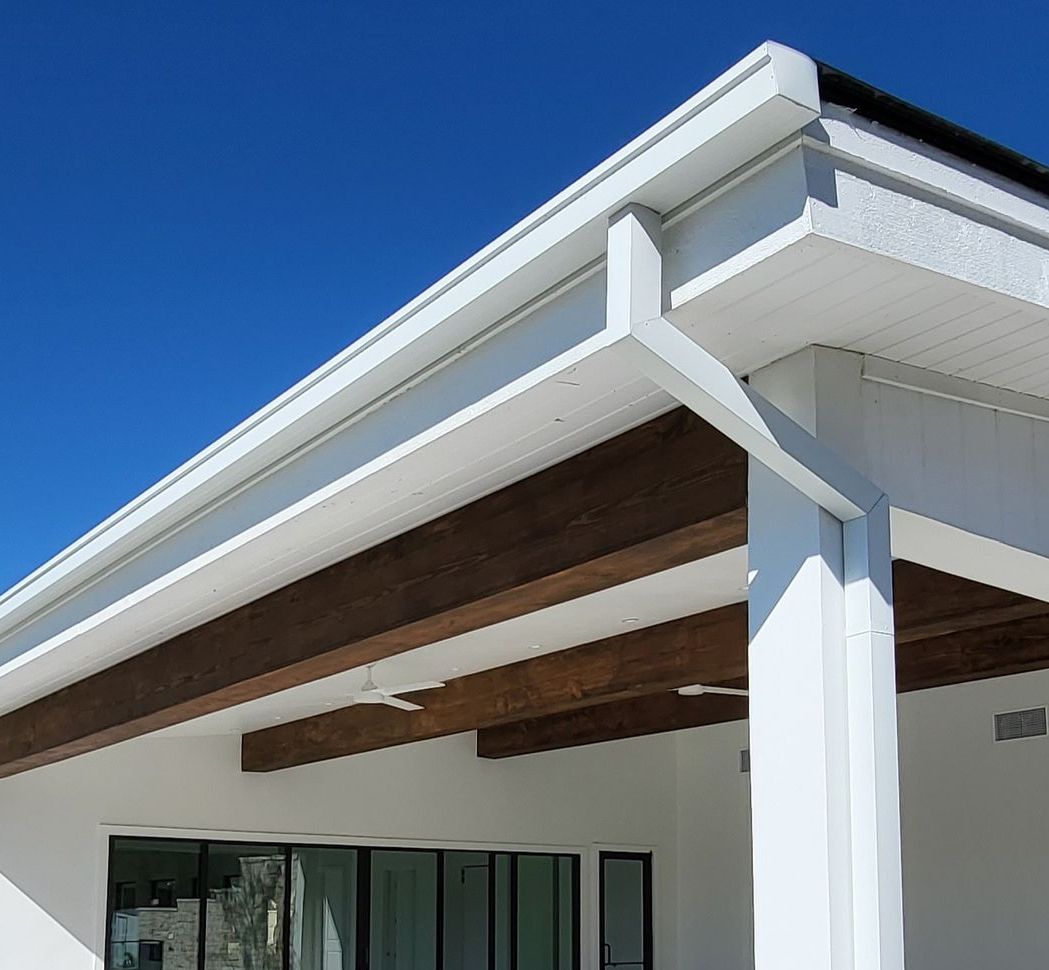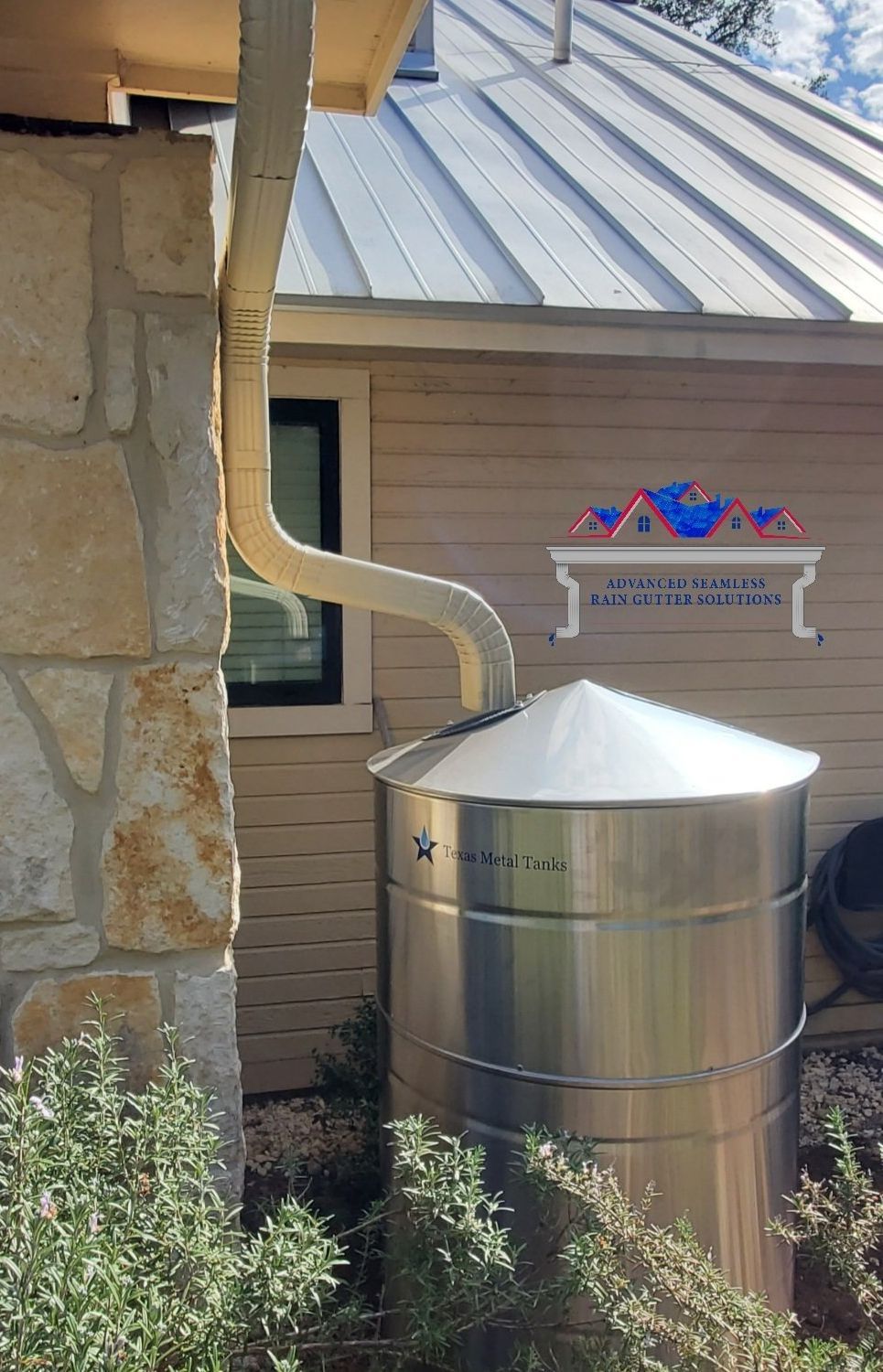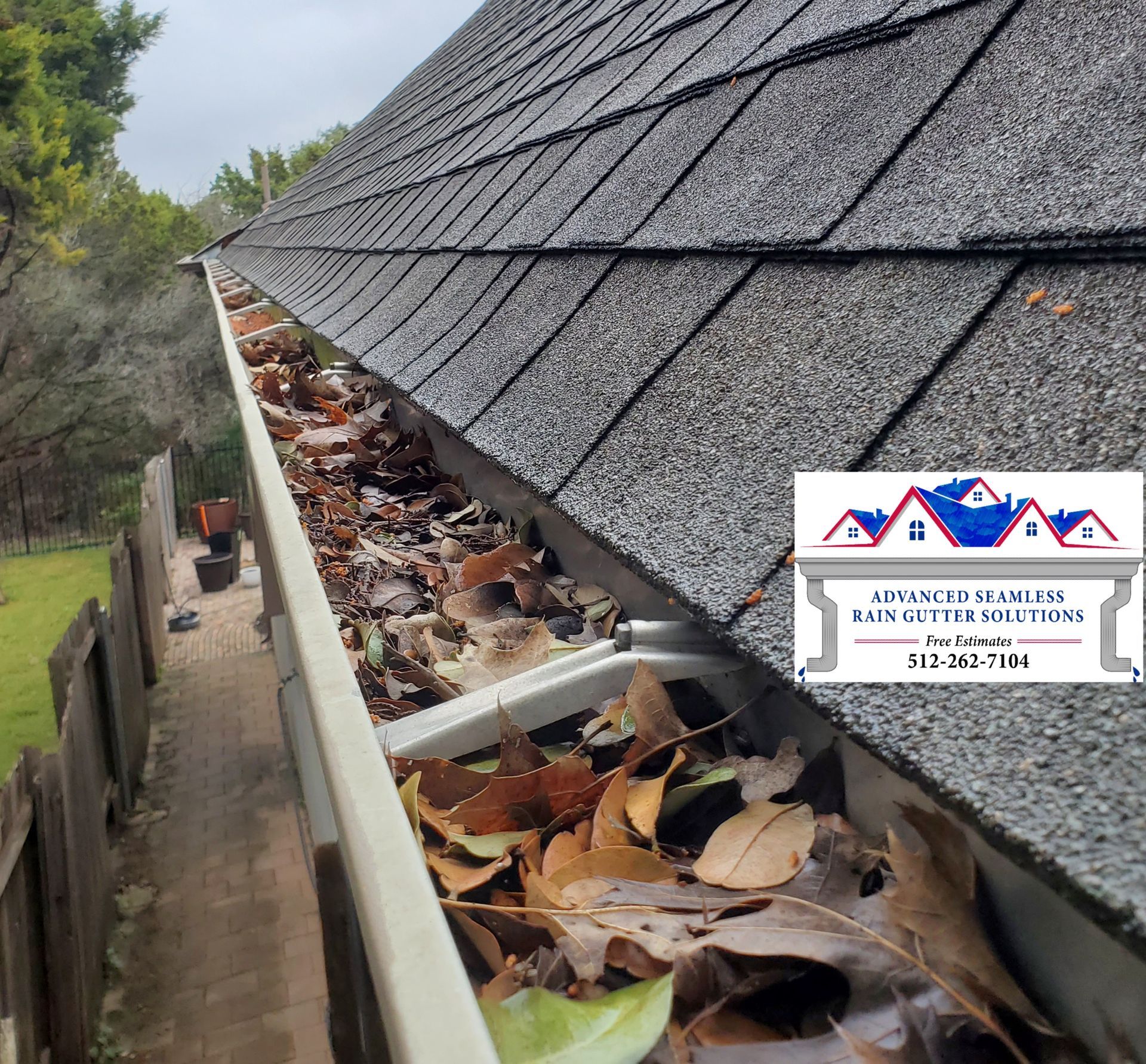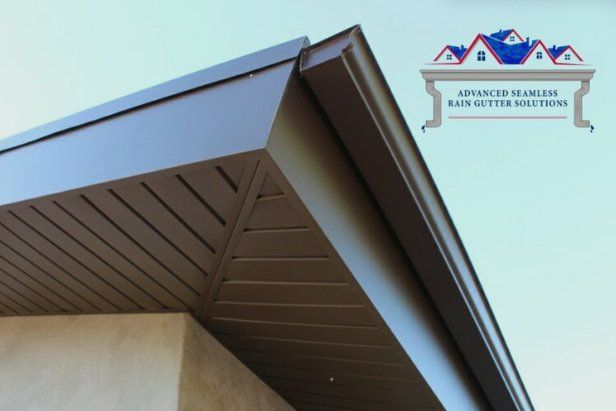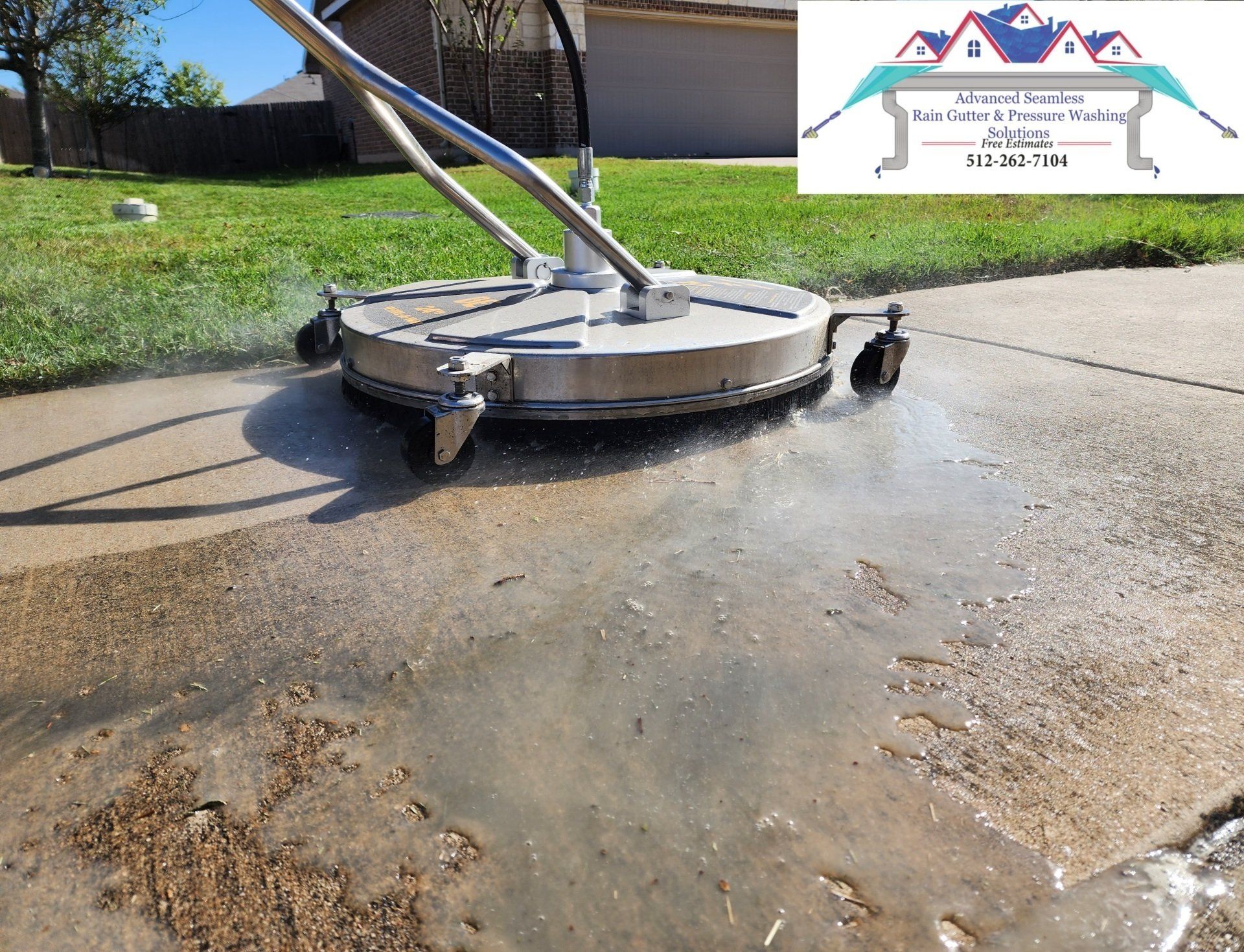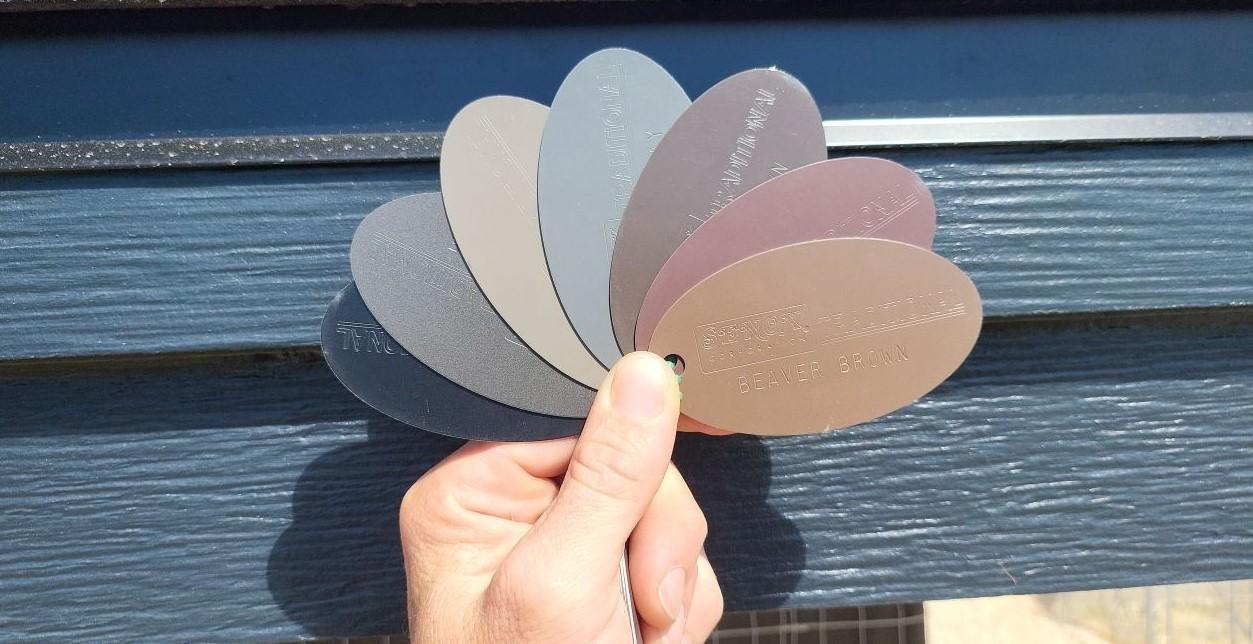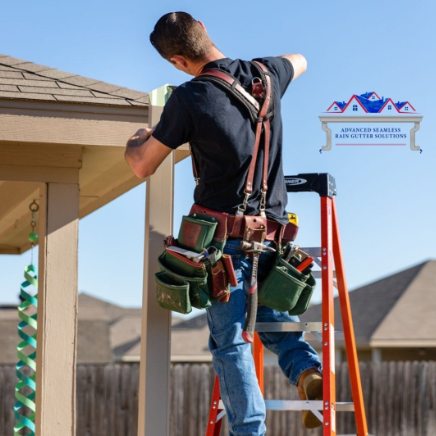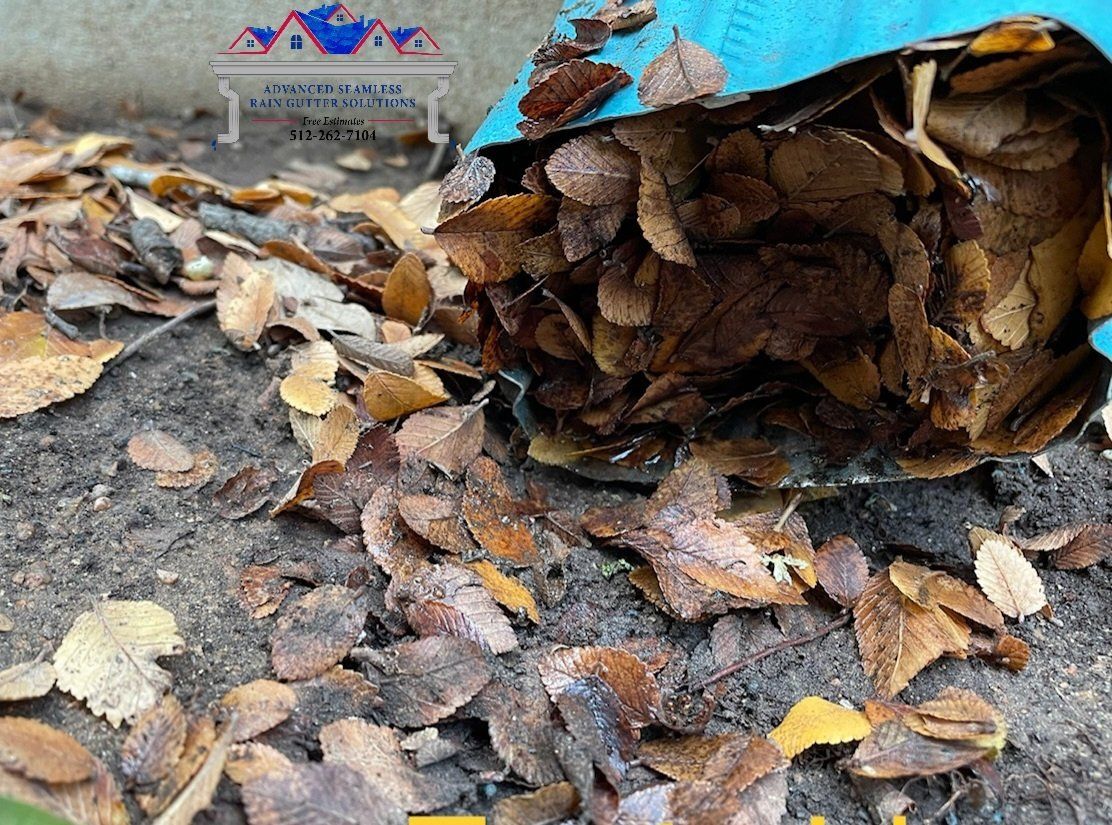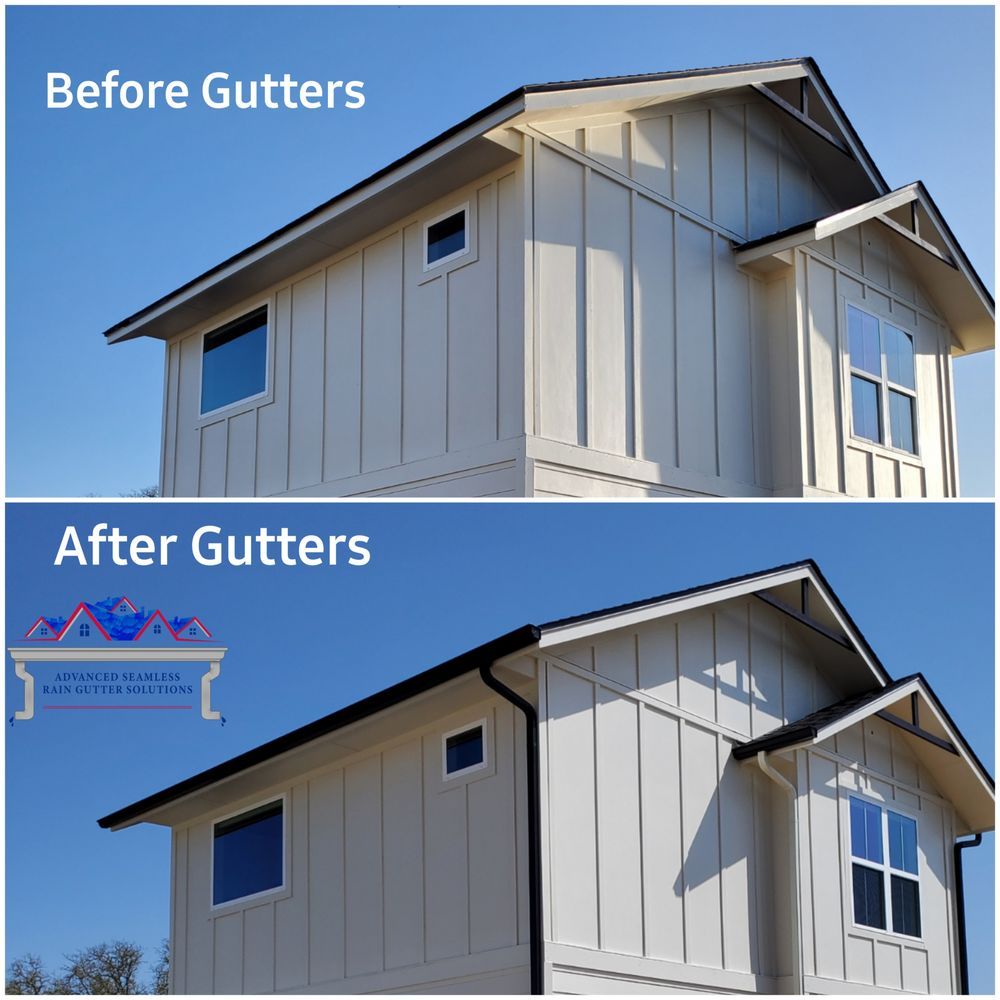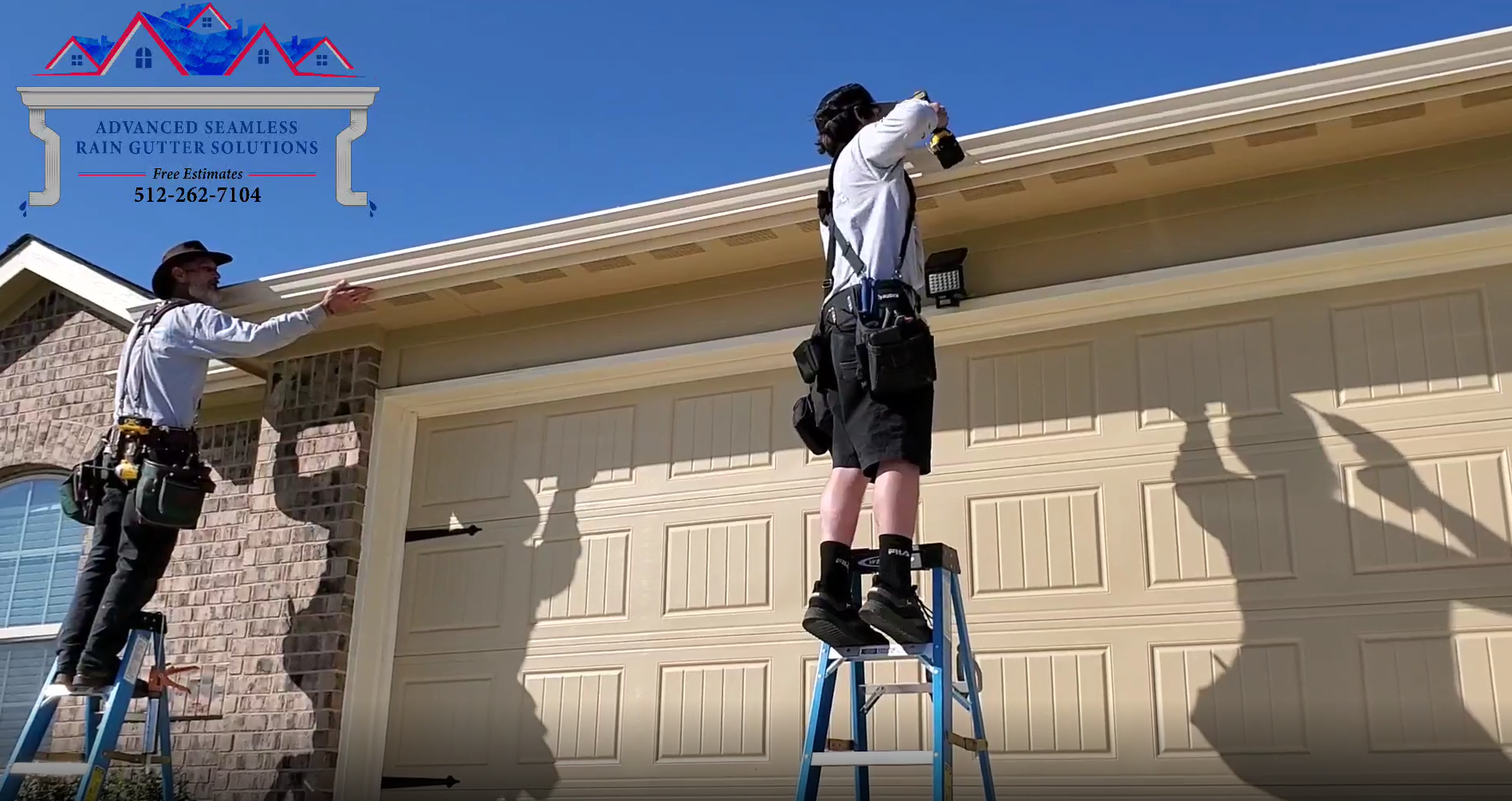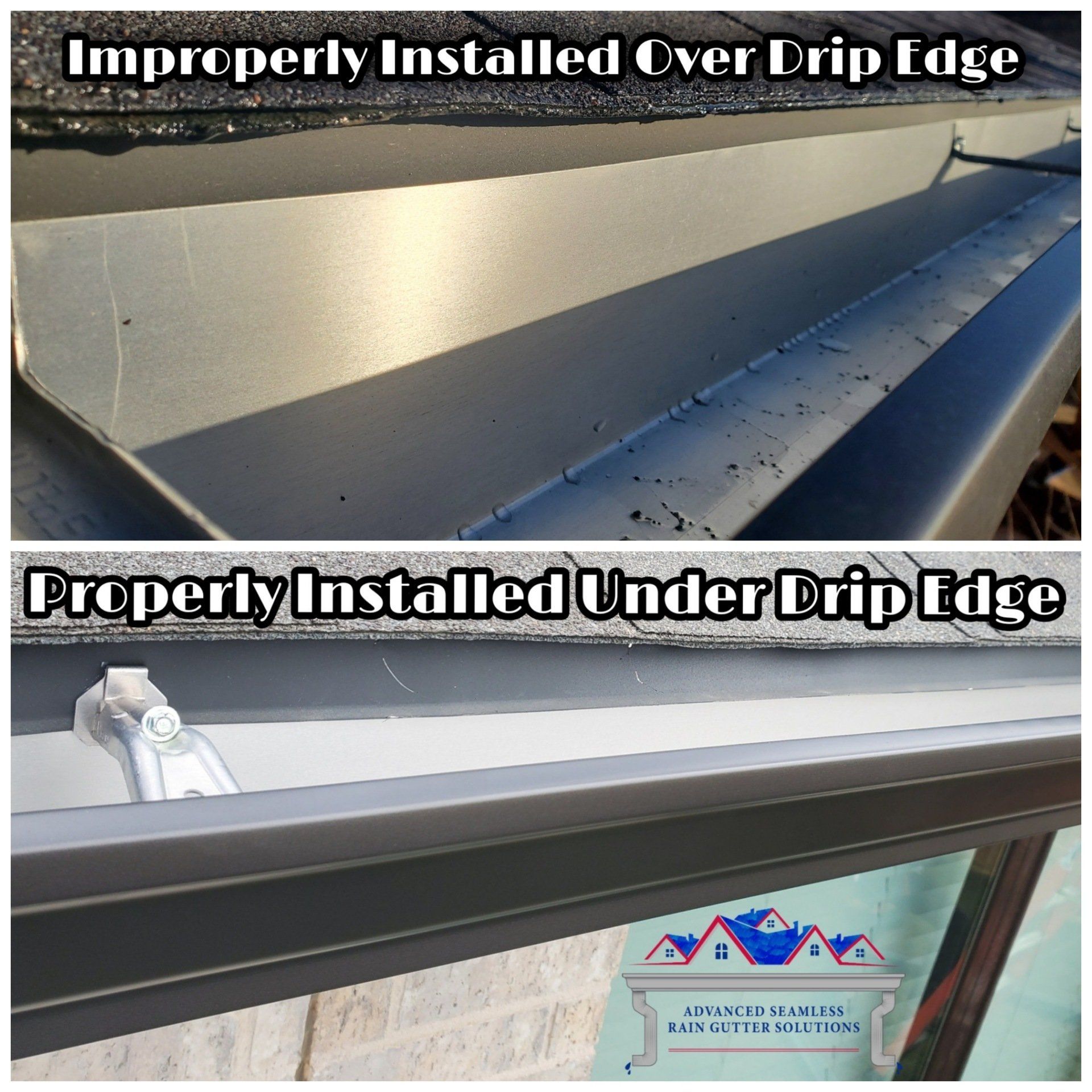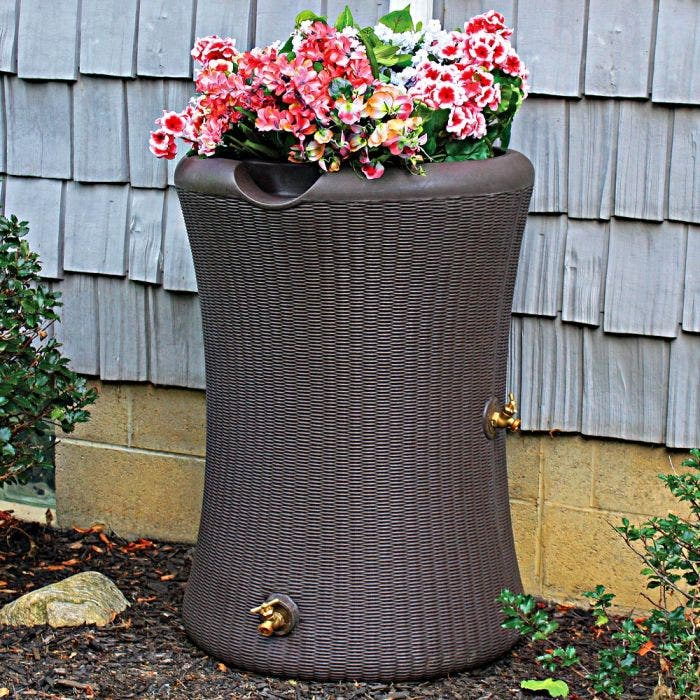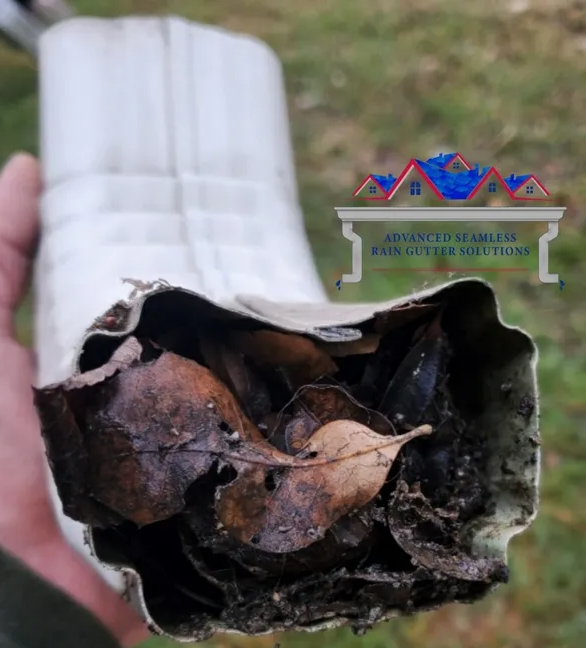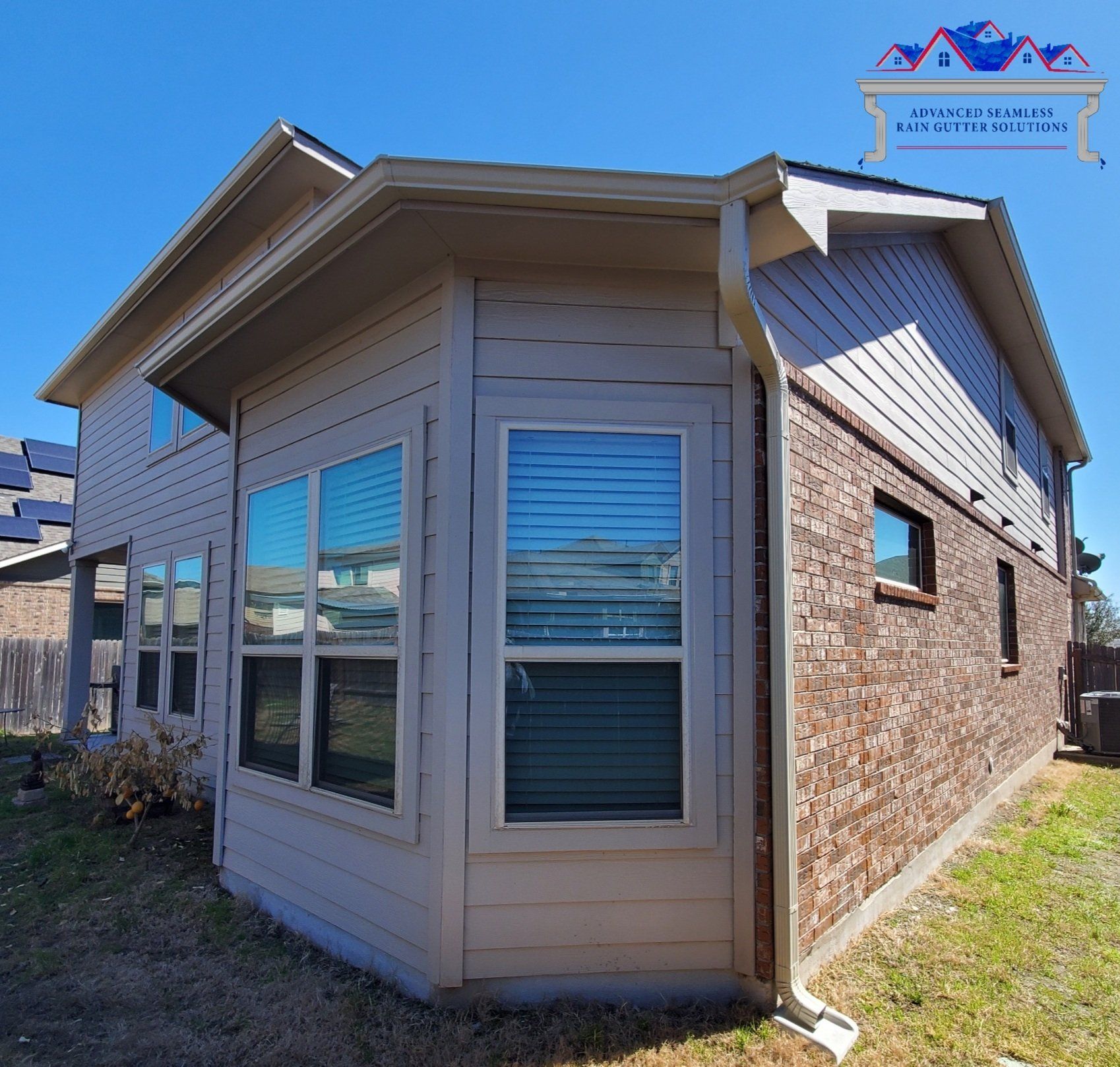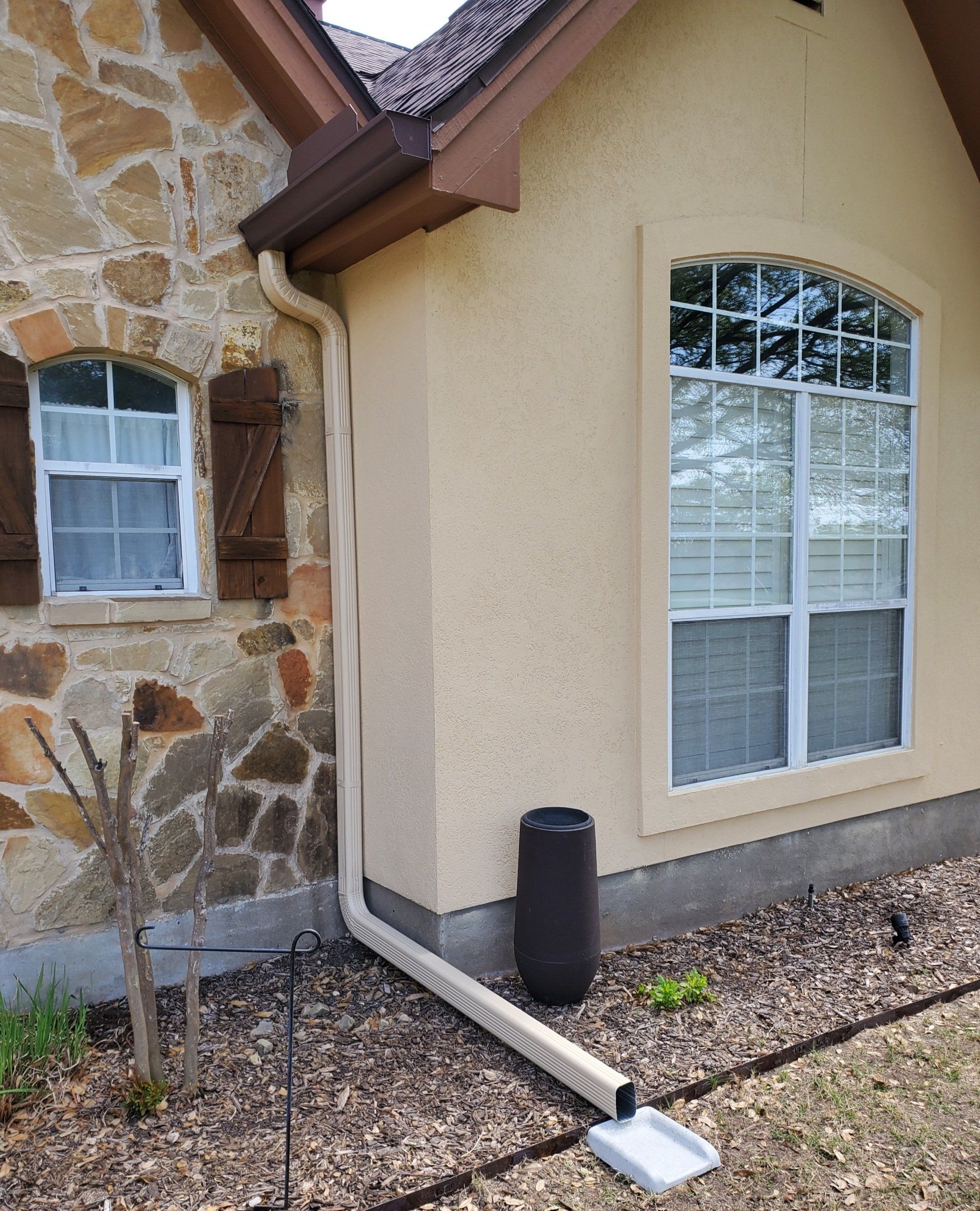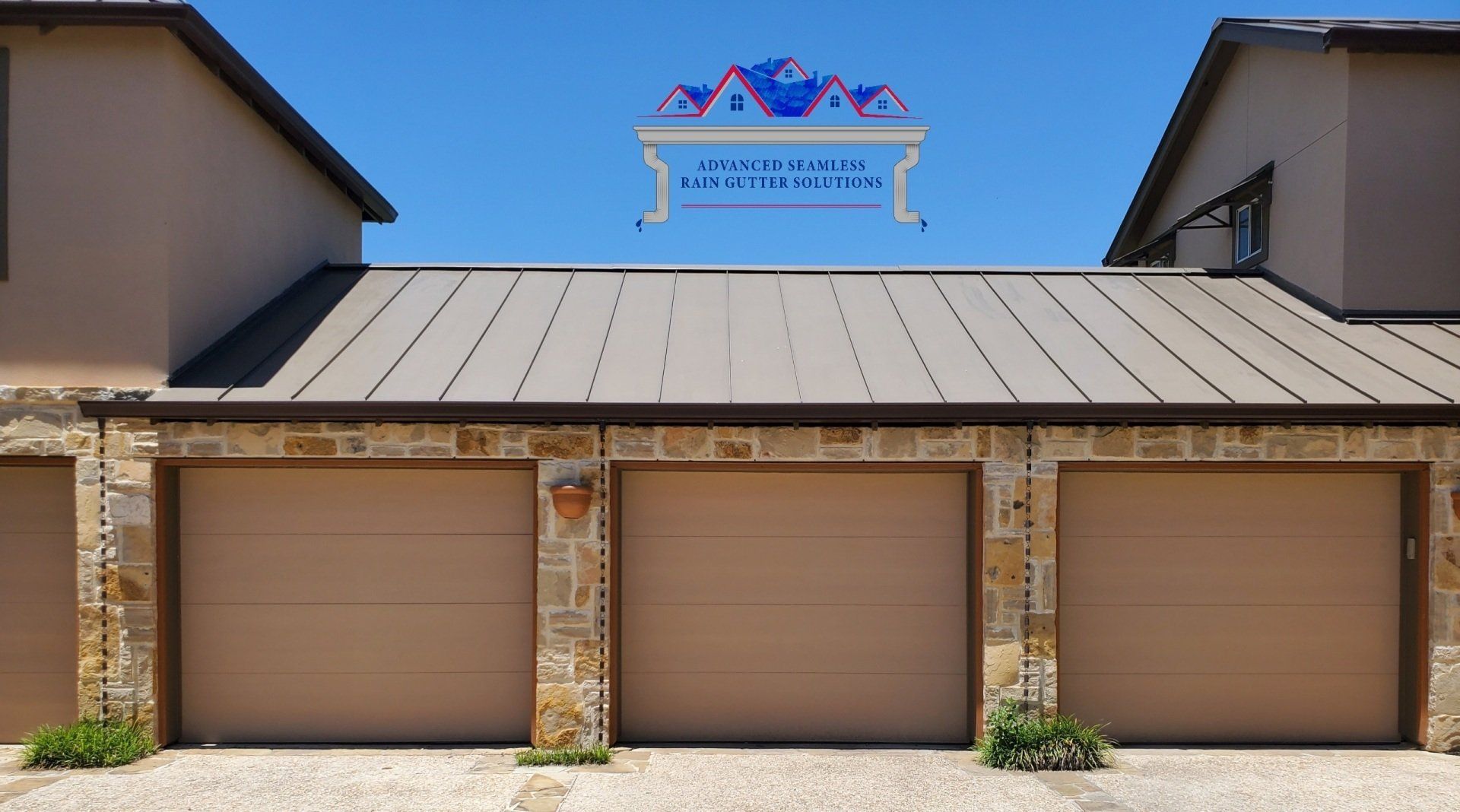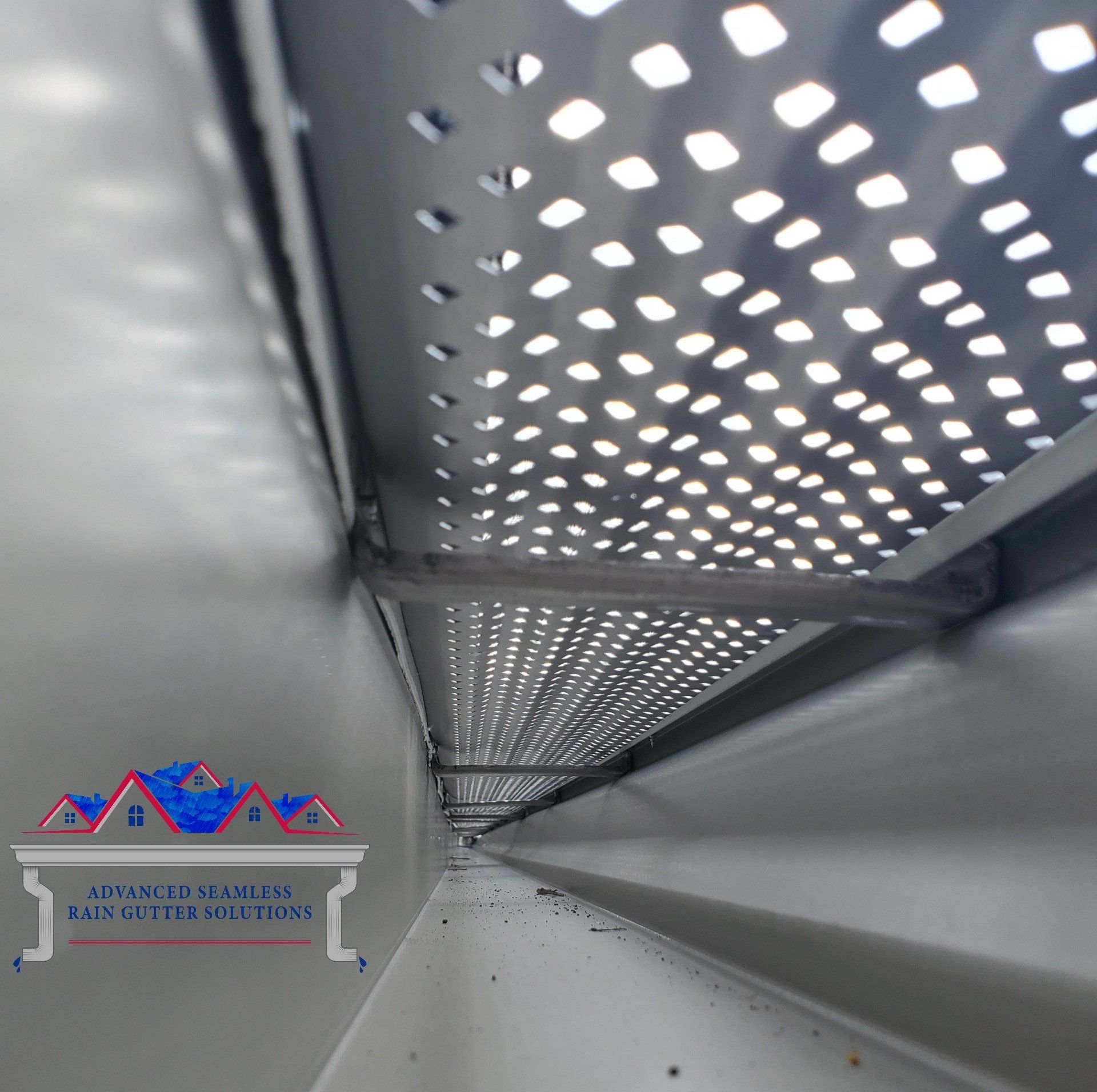Winter Tips For Your Rain Gutters
Winter is here in Texas and that means it’s time to start thinking about all the necessary preparations for your home. One important feature of any home that needs to be taken care of during the winter season is rain gutters. Keeping your rain gutters in good condition can help you avoid damage caused by ice and debris buildup. Here are some tips that will help keep your rain gutters prepared for winter weather.
With temperatures dropping, it’s essential to make sure that your rain gutters are ready to handle whatever Mother Nature throws its way. If not, you could be dealing with clogged or overflowing gutters, as well as potential damage to your home. Whether you're a seasoned homeowner or just getting started, these five tips will ensure that your rain gutter system is ready for whatever winter has in store.
From checking for clogs and removing leaves to installing heat cables and reinforcing support brackets, there are several things you can do now to prepare your rain gutters for winter weather. With a bit of effort, you can make sure that your gutters stay clear and functional throughout the colder months ahead. Let’s take a look at some of the best ways to get your gutters ready for winter.
Clean Your Gutters Regularly
Maintaining your rain gutters is an important part of keeping your home in good condition during the winter months. Cleaning them regularly is one of the best ways to ensure they are functioning properly and not clogged with debris, which could lead to costly repairs down the road. In this article, we’ll discuss why it’s important to clean your gutters regularly and what steps you can take to do so safely.
Gutters that are clogged with dirt, leaves and other debris can cause a number of problems for your home. When water accumulates in these areas, it can cause damage to walls and foundations by seeping through and causing rot or mold. Additionally, the weight of the accumulated material can cause sagging or breakage of the gutter system itself, resulting in costly repairs. By cleaning your gutters regularly, you can avoid all of these issues.
Fortunately, cleaning your gutters isn’t as daunting a task as you might think. You don’t need any special tools or equipment; all you need is a ladder and some gloves for safety. You should also wear eye protection when cleaning out your gutters to protect yourself from any flying debris. Start by removing any debris that has accumulated in the gutter, then flush out the remaining material using a hose or pressure washer if needed. Once everything is cleared out, be sure to check for any damage or leaks before putting everything back together again.
Cleaning your rain gutters may seem like a time-consuming chore but it’s worth taking care of now so you don’t have to deal with bigger problems down the line. Taking these simple steps will help keep your home safe and secure throughout the winter season.
Install Gutter Guards
Gutter guards are an important element to consider when it comes to winterizing your gutters. These guards help protect your gutters from becoming clogged with fallen leaves and other debris that can lead to blockage, which can cause water to overflow and damage your home's foundation. Installing gutter guards is relatively simple, and the materials for this process are often inexpensive.
Before you install the gutter guards, it's best to ensure that your gutters are free from any debris or dirt buildup. This will allow for a smoother installation of the guards and will also prevent the accumulation of further debris in your gutters. Additionally, you'll want to make sure that you measure the width of your gutters before purchasing a guard, so you know exactly how much material you need.
Once everything is prepped, installing the gutter guard should be relatively straightforward. Most materials come with instructions on how to do this properly, but if you're unsure about anything it might be best to contact a professional for assistance. Afterward, regular maintenance such as keeping leaves removed from the top of the guard should be done throughout winter months in order to keep them working properly and efficiently.
Seal Up Leaks And Cracks In Gutters
Gutters are important for routing rainwater away from your home. When they are not properly maintained, it can lead to costly water damage. One way to ensure your gutters stay in good condition is by sealing up any leaks and cracks in them.
Sealing up any issues with your gutters can be done relatively quickly and easily if you know what you're doing. Start by inspecting the entire length of the gutter for any signs of wear or damage. If there are holes, cracks, or other irregularities, simply fill them with a silicone sealant or caulk. This will help keep water from seeping into the wood around the gutter and causing rot or damage to your home's exterior.
Once all the leaks and cracks have been filled, it's a good idea to do a quick inspection every few months to make sure everything is still sealed up properly. This way, you can catch any issues before they become more serious problems that could end up costing you money in repairs. Taking these extra steps will help ensure your gutters work properly and save you time and money in the long run.
Regular maintenance on your gutters can make a huge difference when it comes to protecting your home from water damage caused by rain and snow melt-off during the winter months. Taking a few minutes each season to inspect them can go a long way towards keeping your gutters functioning well for years to come.
Check For Damage After Bad Weather
Good rain gutters are essential for keeping your home safe from flooding and other water damage during the winter. It's important to take extra steps to make sure they're in good condition, such as checking for damage after bad weather. This will help prevent any potential problems from getting worse over time.
After a heavy snowfall or storm, it’s a good idea to check the gutters for any signs of damage. Look for any cracks, leaks, or other areas where water may be able to seep through. If you find any weak spots, it’s best to repair them right away before they become bigger issues down the line. You can either do this yourself with sealant and caulk or hire a professional installer to help out.
It's also important to keep an eye on how the gutters are draining. Are they clogged with leaves or debris? Are there standing pools of water? If so, these need to be addressed promptly as they can cause significant damage if left unchecked. You should also look out for corrosion or rust that could indicate that something is wrong with the gutter system. Taking care of these issues early on can save you time and money in the long run.
Frequently Asked Questions
How Often Should I Clean My Gutters?
Gutter cleaning is an important part of home maintenance, especially during the winter months. Placing a priority on this chore will help prevent potential damage to your home and costly repairs. But how often should you be cleaning your gutters?
In general, it’s best to clean your gutters at least twice a year – once in the late fall and again in the early spring. This regular maintenance helps ensure that water can flow freely through your gutters and away from your home’s foundation. Additionally, debris such as leaves, sticks, and small branches can accumulate in your gutters quickly. This buildup can cause clogs that lead to water pooling around the foundation of your house.
If you live in an area with heavy tree coverage or experience large amounts of rainfall throughout the year, you may need to clean your gutters more frequently. It might even be beneficial to check them monthly during peak times of debris buildup and rainstorms. If you don't feel comfortable getting up on ladders or climbing onto roofs yourself, consider hiring a professional gutter-cleaning service for peace of mind.
Making sure your gutters are free from debris is key to keeping them functioning well and protecting our homes from water damage caused by clogged rainwater runoff systems. Regularly assessing and cleaning out any built-up materials will go a long way toward avoiding costly repair bills later on down the line.
What Type Of Gutter Guard Should I Install?
When it comes to protecting your rain gutters from debris build-up, the best way is to install gutter guards. Gutter guards come in a variety of styles and materials, so it can be hard to know which one is right for you. When selecting a guard, there are several things to consider.
First off, the type of roofing material on your home should be taken into account when selecting a gutter guard. Certain types of guards work better with specific roof types. For example, metal roofs often require different protection than shingle roofs. It’s important to make sure that the guard you choose is compatible with your roof type in order to ensure its effectiveness in keeping out leaves and other debris.
In addition to the type of roofing material, also consider the climate where you live when choosing a gutter guard. Different climates may require different levels of protection from debris and water damage due to their weather patterns. Areas that get more rain or snow need stronger gutter guards that can withstand the force of heavier storms. On the other hand, if you live in an area with milder climates and less rainfall, then you may not need as much protection from your gutter guard.
No matter what kind of gutter guard you decide on, it’s important to make sure that it's installed correctly and regularly maintained throughout the year in order for it to be effective at preventing debris build-up and water damage during the winter months. Taking these steps will help ensure that your gutters remain free of clogs and damages once winter hits so they can continue functioning properly throughout the season.
What Materials Should I Use To Seal Up Leaks And Cracks In My Gutters?
Leaks and cracks in rain gutters can be a big problem, especially during the winter months. It's important to make sure these are sealed up properly to prevent further damage from occurring and keep your gutters working efficiently. But what materials should you be using?
One of the best materials for sealing up leaks and cracks in your rain gutters is caulk. This is inexpensive, easy to use, and it creates a strong seal that will last for many years. You'll need to clean out any debris first and then apply the caulk with a caulking gun. Be sure to smooth it out so it creates an even seal all around the gutter.
Another material you may want to consider is silicone. Silicone is more expensive than caulk but it also offers better protection against water damage, mold, and mildew growth. Plus, silicone will remain flexible over time which makes it ideal for areas that may experience shifting due to temperature changes or other factors. Just like with caulk, you'll need to clean out any debris first before applying silicone with a caulking gun.
No matter which material you decide to use, make sure you follow the instructions on the package carefully so that your gutter repairs are successful and long-lasting. Taking some extra time now can save you from having bigger problems later on down the road!
How Can I Tell If My Gutters Are Damaged After Bad Weather?
It’s important to check your gutters regularly, especially after a harsh winter storm. Winter weather can cause damage to gutters and make them less effective in draining water away from your home. So, how can you tell if your gutters are damaged after bad weather?
The first thing to do is look for signs of visible damage. If your gutters appear bent or out of alignment, it could be a sign that something is wrong. You should also check for rust, corrosion, or holes that have formed in the gutter itself. Additionally, pay close attention to any pieces that may have come loose from the gutter system – this could indicate an issue with the mounting hardware or clips.
Another way to detect damage is by looking at how well the rainwater flows through the gutter system when there’s a downpour. If you notice that the water flow has decreased significantly since before the winter season began, it’s likely that there’s been some damage done due to heavy snowfall or ice accumulation. In addition, pay attention to whether water is pooling around the foundation of your home or if it’s leaking out of any cracks in the gutters themselves.
If you find evidence of damage during your inspection, it’s time to get those gutters repaired! This will help ensure they keep working effectively and protect your home from water-related issues like flooding and roof rot.
Conclusion
It's important to keep your gutters in good condition during the winter months. Cleaning them regularly and installing gutter guards can help protect them from debris and ice buildup. Heated cables may be necessary in cold climates, but you should double check with an expert first. When sealing up leaks and cracks, make sure you use the right materials for the job; otherwise, this could cause further damage. Finally, inspect your gutters after bad weather to make sure they haven't sustained any damage.
Snow, cold, and ice can wreak havoc on your rain gutter system. Ideally, snow and ice would thaw and run into your gutters. Continuous and constant subfreezing temperatures tend to delay that process. As a result, ice and snowpack can build up inside the gutters, which can produce additional weight on the sections and the fasteners that hold them. Over time, this added stress can cause gutters to buckle, bend, separate, or pull away from the roofline of a home.
Schedule your free quote today. We have a quick turnaround on our gutter installations with the quality you expect from a gutter contractor. We offer a variety of rain gutter installations, rain gutter repair, gutter screens, pressure and soft washing, and painting applications to meet your needs.
By following these tips, you can ensure that your rain gutters remain in great condition throughout the winter season. If you ever have any questions or concerns about your gutters or gutter maintenance, don't hesitate to contact our rain gutter processionals at Advanced Seamless Rain Gutter Solutions.
